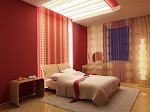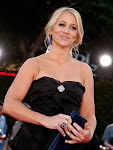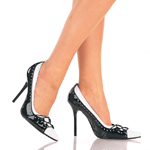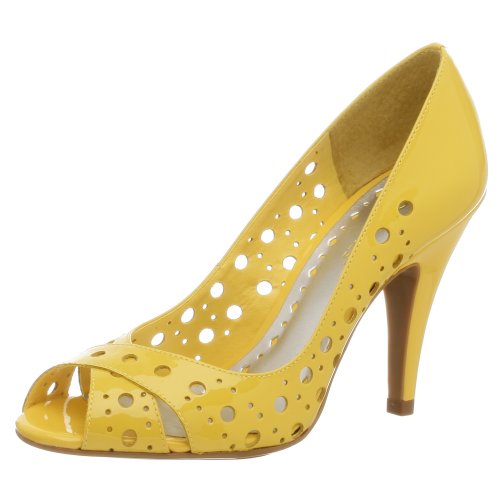The Eco-Friendly Banana Fiber
There are many natural fibers that are liked for their comfortability and looks. With the increasing environmental awareness, these natural fibers have gained unimaginable importance. Now, many raw materials that were not traditionally used for making fabrics, at least not commonly, are there to make fabrics from. One such raw material comes from banana plant- the banana fiber. Although banana fiber have been used for making textile in some parts of the world such as Japan and Nepal since very early ages yet their application in many industries has gained momentum only in the recent past.
A native plant of Southeast Asia, banana is now grown extensively in all tropical countries for fruit, fiber or foliage. Generally, banana fiber extraction is done by hand stripping and decortication. While hand stripping, a narrow strip of banana leaf sheath is placed under a serrated knife with pressure. Fiber is then extracted by pulling the leaf sheath by hand. Decortication is a mechanized process in which, cut stalks are first crushed by roller and fibers are scraped by means of revolving wheels with knives.
The fiber extracted from banana plant is brownish, somewhat flat and darker in shade. It appears like bamboo and ramie fiber, but is fine and spins better than them. It is considerably strong and also has shiny appearance. It can absorb moisture very well and is bio- degradable, thus eco- friendly. 
In Japan, the traditional dresses like kimono and kamishimo are made from banana fiber and are liked especially as summer wear. The Banana silk fiber yarns are used to make traditional rugs by Nepalese women. Banana fiber is also used to make fine cushion covers, ties, bags, table cloths, curtains and many other items all over the world. Due to the growing popularity of items made from banana fibers, many manufacturers are engaged in research to come up with cost effective and fast methods of making banana fiber. One such innovation has been made in India where a Banana Fiber Separator Machine has been developed. This machine uses the agriculture waste of banana harvests to produce silk grade fiber which is widely used by handicrafts and textile industry.
Read more...








































 Texas, and the newsboy or messenger caps. The most popular hats and caps with women are straw hats, felt and velvet hats, cotton knitted hats, and as winter accessory they like to don wool bucket hat or wool beret. Woolen hats are also there for men and that too stylish ones, of which embroidered hats and caps are most liked by men. Women love it when their hats are embellished with fur, bows, satin ribbons and the like, so that they may look stunning in formal dresses too. There are some unisex caps too, like baseball caps, that are worn by both, men and women. Apart from hats and caps, masks have also become very popular these days. These face masks are worn over a part of the face or all over face, mainly to disguise the wearer but sometimes also to protect the face. Their popularity is due to pleasure factor when it is required to disguise the wearer, say at fancy dress parties, masked balls and during Halloween parties. The ones which are worn for protection are popular with sports persons like ice hockey goalkeepers and yes with sporty persons too who enjoy throwing snowballs on each other!
Texas, and the newsboy or messenger caps. The most popular hats and caps with women are straw hats, felt and velvet hats, cotton knitted hats, and as winter accessory they like to don wool bucket hat or wool beret. Woolen hats are also there for men and that too stylish ones, of which embroidered hats and caps are most liked by men. Women love it when their hats are embellished with fur, bows, satin ribbons and the like, so that they may look stunning in formal dresses too. There are some unisex caps too, like baseball caps, that are worn by both, men and women. Apart from hats and caps, masks have also become very popular these days. These face masks are worn over a part of the face or all over face, mainly to disguise the wearer but sometimes also to protect the face. Their popularity is due to pleasure factor when it is required to disguise the wearer, say at fancy dress parties, masked balls and during Halloween parties. The ones which are worn for protection are popular with sports persons like ice hockey goalkeepers and yes with sporty persons too who enjoy throwing snowballs on each other! 















